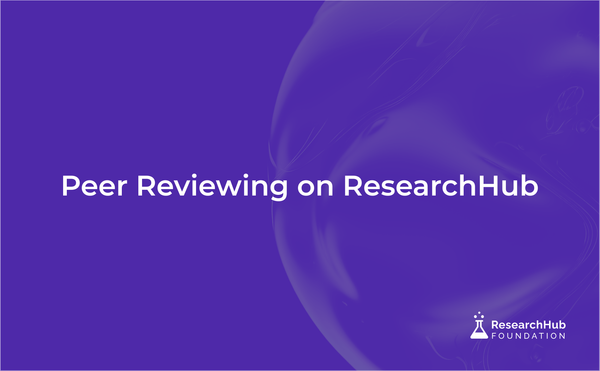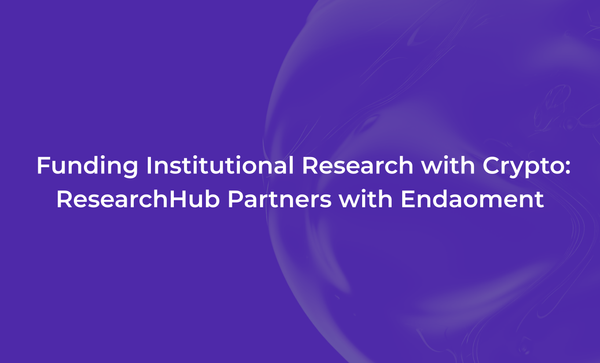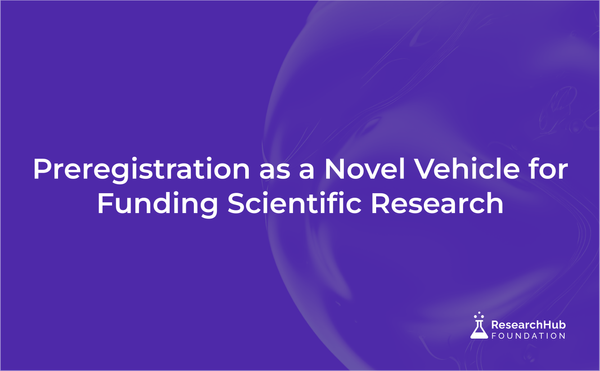NFTs in Science: From Hype to Real-World Innovations
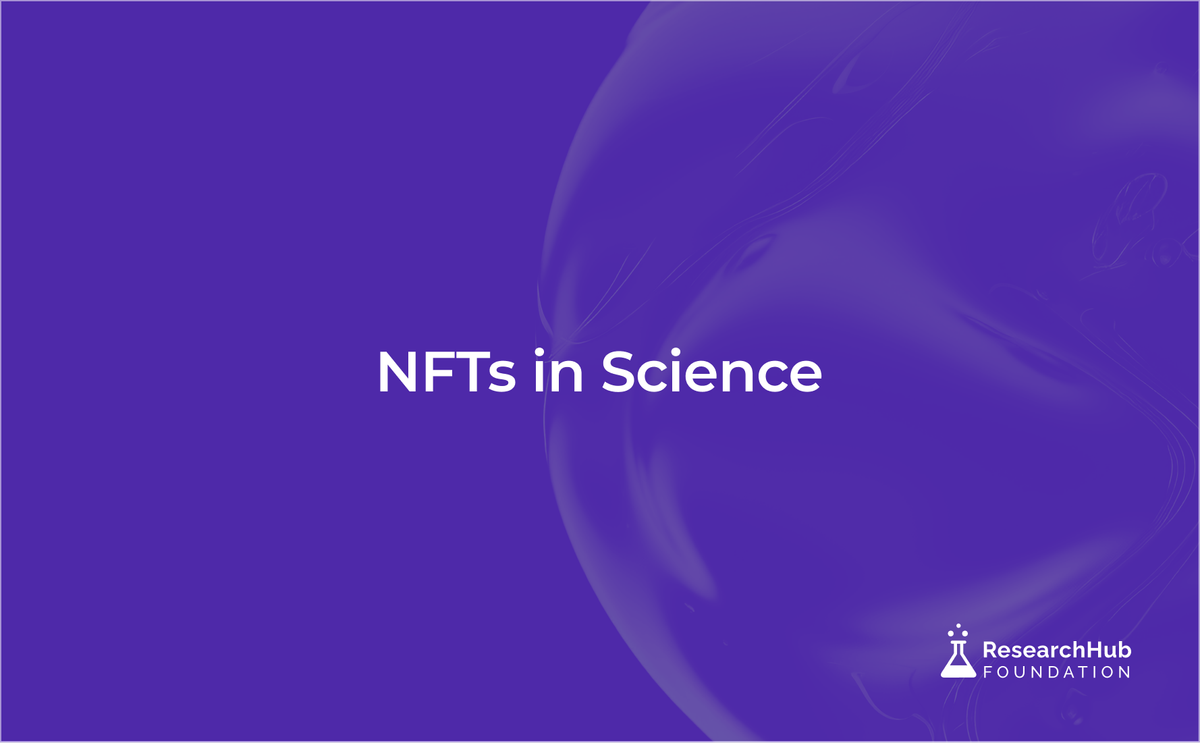
NFTs aren’t just for art and music anymore. They are revolutionizing science—from protecting against being scooped to enhancing intellectual property and introducing new ways of funding. Here are 3 non obvious use cases of NFTs you should know about.
Why NFTs?
But aren’t NFTs just hype? What do they have to do with science? Many scientists are rightly cautious about NFTs, given the volatility seen in the cryptocurrency space. However, separating the utility of NFTs from the speculative hype shows their potential to support robust, reproducible science. In this thread, we'll show how NFTs are already benefiting science.
What is an NFT and how do they work?
An NFT, or Non-Fungible Token, is a unique digital asset leveraging blockchain technology to certify ownership and authenticate individual items or content.
Cryptographic Security: They utilize cryptographic hash functions to create a unique and tamper-proof digital fingerprint for each dataset or publication. They function by embedding metadata about the asset into the token upon creation, ensuring transparency and enabling verification of details such as origin, ownership history, and authenticity.
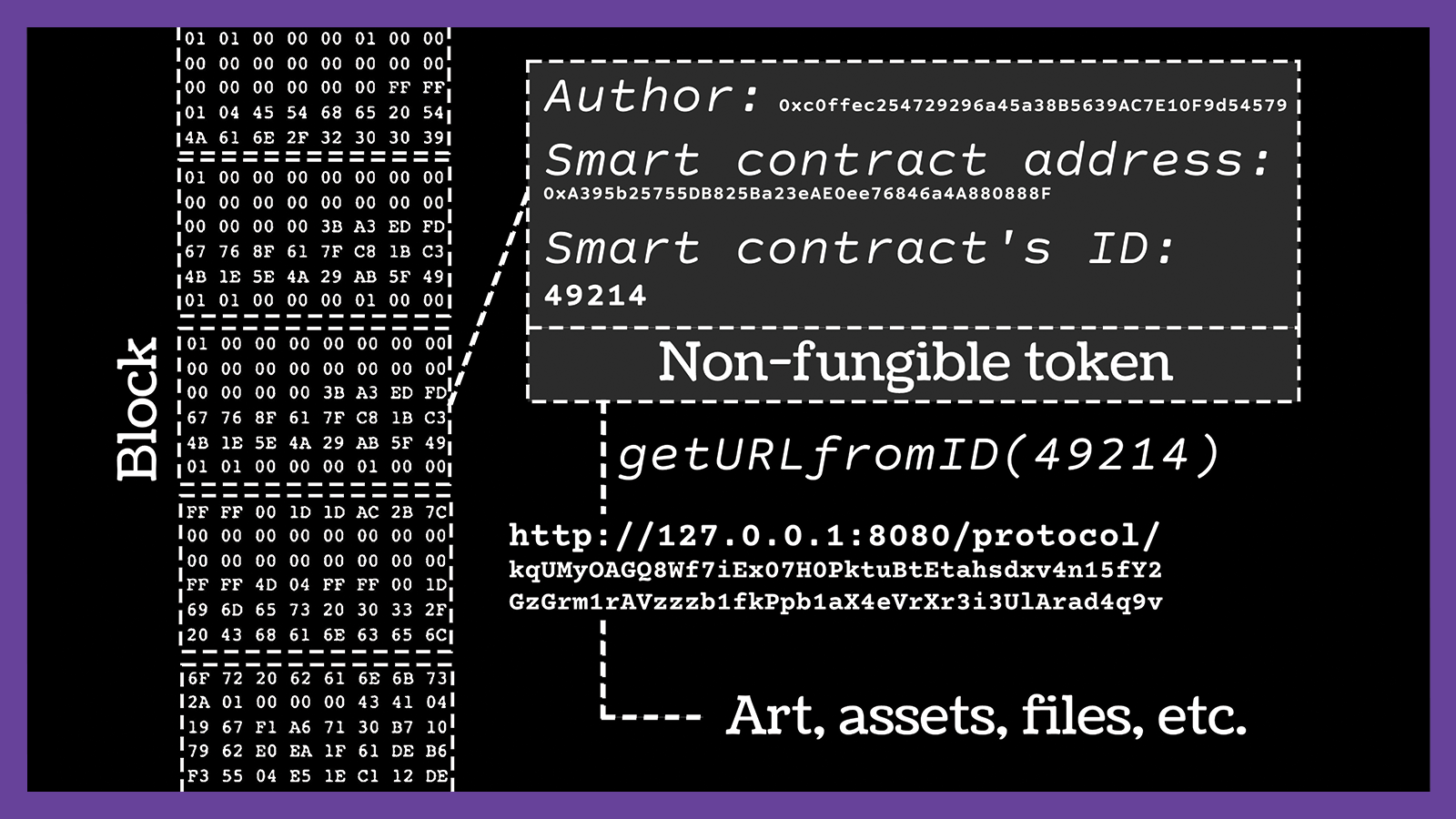
Real-World Applications in Science
Publishing Papers or Data as NFTs
Scientific assets such as papers and data can be stored as NFTs. This has a number of applications:
- Immutability: Due to the permanence of the blockchain, it establishes a transparent, tamper-proof record of a paper’s lineage.
- Transparency: Every entry into a public blockchain is exactly that—public. Hence, all the changes made to a scientific asset on-chain are going to be verifiable.
- Verifiable Reputation: Publishing is a game of prestige, and with a special kind of NFT known as Soulbound tokens, scientists can authenticate an individual's credentials and affiliations within digital ecosystems.
- Verifiable Authorship: Publishing papers as NFTs turns them into a timestamped and permanent record of authorship. This can prove who was the first to publish an idea and prevent scientists from being scooped. Especially for patentable ideas, it might be relevant to verify the ownership of the idea.
NFTs for Intellectual Property (IP-NFTs)
NFTs can digitize intellectual property (IP) by bridging it on-chain. IP is notoriously expensive to handle from a legal perspective and can involve lots of paperwork. Digitizing this mental asset class speeds up the process and saves resources.
- IP-NFTs: IP-NFTs digitize Intellectual Property (IP) by bridging it on-chain. @Molecule_dao is pioneering novel frameworks for IP-NFTs that attach both IP and data to NFTs. They enable scientists to bring their real-world discoveries to the digital on-chain world to seamlessly raise funding and share the value of their discoveries.
- IP Tokens (IPTs): Research projects can issue tokens that represent a stake in the project’s outcomes, such as data or findings. These tokens can be used to govern project decisions democratically among stakeholders.
- Licensing Models: NFTs can enable new models for scientific licensing, where access to research can be bought, sold, or traded through blockchain-based contracts.
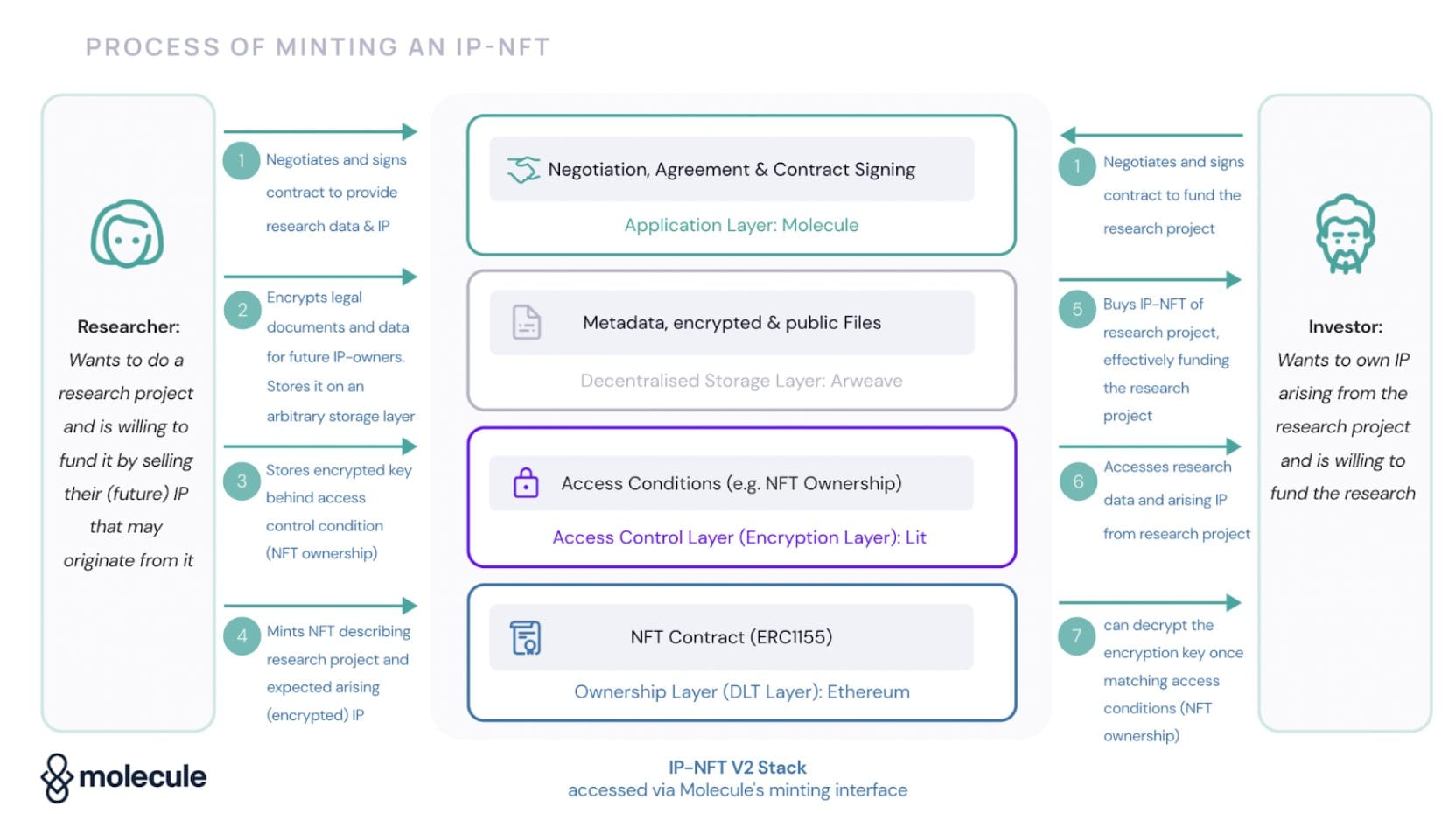
Further Reading about IP-NFTs:
Funding
IP-NFTs and their governance models also have an impact on funding.
“You no longer have to be a millionaire to own a piece of a pharmaceutical company or have a say in the direction of an innovative experiment,” - Molecule Marketing Materials
Early-stage research can be financed without endless grant applications, creating a startup, raising VC, or needing to file a patent. For example, the first university biomedical intellectual property (IP) and research project was funded as an NFT.
Selling NFTs to Fund Research
•The University of California, Berkeley, auctioned off an NFT based on documents relating to the work of Nobel Prize-winning cancer researcher James Allison for more than US$50,000.
•Nebula Genomics auctioned off the full genome of Professor George Church, one of the most renowned geneticists of our time, as an NFT.
The Future of NFTs in Science
The impact of NFTs in science is far-reaching, revolutionizing liquidity in IP markets and instilling a sense of excitement and possibility within the scientific community. As the space continues to evolve, we can expect even more groundbreaking applications.
Conclusion
NFTs hold the promise of significantly enhancing the transparency, efficiency, and collaboration in scientific research, addressing many of the data and attribution challenges that have long plagued the field. We are only scratching the surface of what NFTs can offer to the scientific community.
Your Thoughts: How do you see NFTs impacting your field of research in the next five years? Comment below to join the discussion!
Join ResearchHub Today.
Get In Touch
- Twitter :
- Website :
- Discord :



